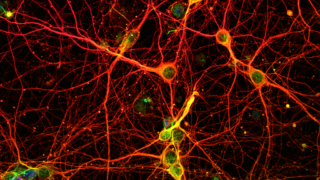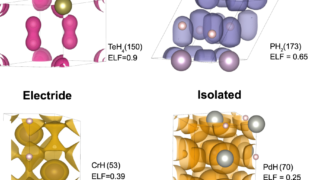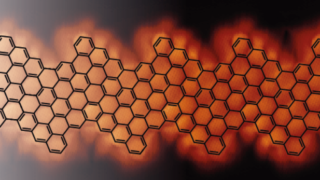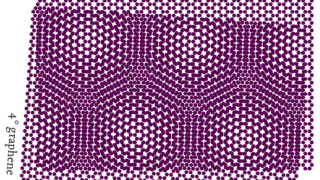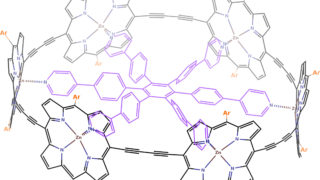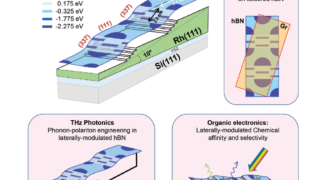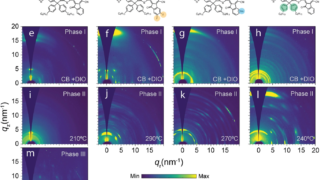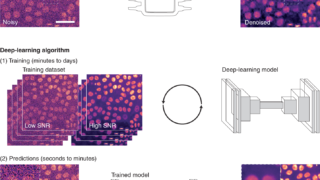
The proper use of deep learning in microscopy image analysis
Microscopy is a leading technology in biological research. Today, a typical microscopy session may generate hundreds to thousands of images, generally requiring computational analysis to extract meaningful results. But a simple analysis is not enough any more. Over the last few years, deep learning (DL) has increasingly become one of the gold standards for high-performance […]
